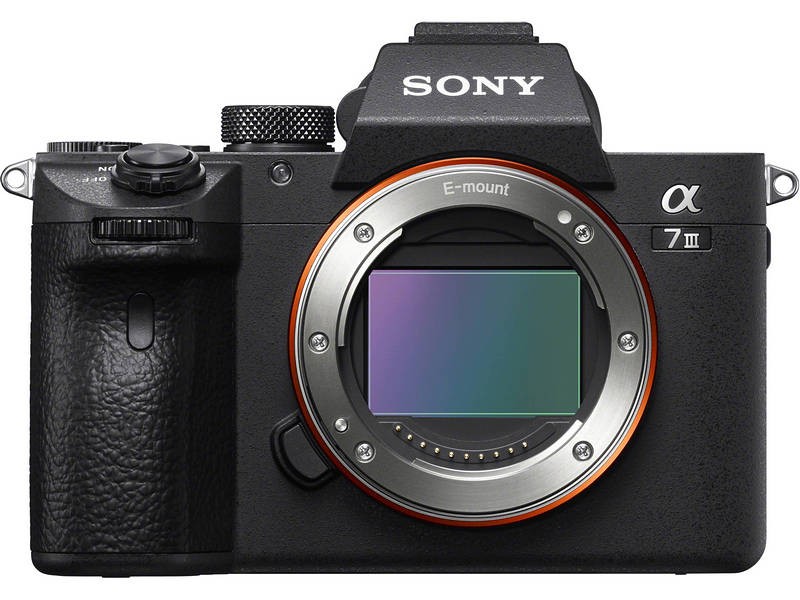We post a sample of photos – whether of our kids or our travels – on our blog here, but our Flickr album is where we’ve been putting up our larger collections over the years now. I typically access these curated albums from mobile devices – the two iPads and Samsung S8+ that I now use. Oh, it’s entirely possible to use cloud storage services like OneDrive for online photo browsing, but these services typically do not display photo EXIF information.
Our Flickr albums have been hidden from public view for several years now – apart from our Minton and pet albums – largely to protect our kids as they grow older. But a quick check there notes that our first photos were posted almost exactly ten years ago in June 2008. And over that time since 2008, as Flickr reports it, a total of 10,011 photos have been posted across all albums.
There’s been one significant change over all these years of putting up photos though against the increasingly higher display resolutions offered on newer mobile devices. The first photos I posted – of our 2008 trip to Ayara Hilltop in Phuket – was at 1280p resolution. And since then, in order to match the higher video resolutions on mobile devices, I’ve had to keep up by also increasing uploaded photo resolutions to 1500 horizontal pixels, then 2000, to 2500 last year – and starting this year, 3000 – and just to give me that bit more of headroom, selected pictures are now also uploaded in 3500pixels.
An image of 3000 pixels across is about right for my iPad Pro 12.9″, but not for higher 4K resolution devices that are starting to be commonplace. The larger file sizes from higher-resolution images aren’t a problem – since the subscription account I’m on offers unlimited storage, and the three separate photo backup storage devices I use – two Seagate 4TB 2.5″ externals and a 6TB D-Link NAS – have sufficient storage for at least 3-4 more years (about the life-span of hard disk drives too).
No; the real challenge is that my three 16MP m4/3 cameras – the E-M1, GX85 and E-PL6 – are now finding it harder to keep up. The RAW images I take are at 4608 x 3456 pixels – which are sufficient if I get my framing exactly right. In reality, especially when our kids just won’t remain still for photos, I don’t have the luxury of taking time to frame shots as exacting as I’d like. Which means I routinely compensate in framing and crop at least 15-20% of an image off in post-processing. In short, my m4/3s are still doing OK here and now, but in a few years, I’m gonna be in trouble!
Which is why the recent Sony announcement on their newest iteration of their A7 full-frame mirrorless cameras was such a bombshell for me. Industry observers for the last several weeks now have been buzzing with excitement over Sony’s A7 Mark III. This new camera is, paraphrasing here, basically Sony’s way of muscling past every other mirrorless camera manufacturer – with a very well-featured, high-performance full-frame mirrorless camera at a relatively affordable price. And to rub further salt to the wound, Sony even calls its newest entrant their entry-level camera. Such audacity LOL.
Oh sure, it’s a wake-up call for Nikon and Canon. Simply put, Sony currently is still the only player in the mirrorless full-frame space, and the new A7 III is going to further entrench that monopoly. I reckon CaNikon is going to rush to release their own versions of mirrorless full-frame camera systems now. Though I really doubt if they’re going to hit the ground and run past Sony. Nikon killed off its cropped-sensor mirrorless line a few years back, and Canon is still struggling to gain traction on its own mirrorless line. And Sony has a four year head start now with this its Alpha line of mirrorless full-frames now.
Changing camera systems though are always huge undertakings. Especially since I’ve been on m4/3 for 8 years now, and have a well-filled dry cabinet of lenses and accessories for it now. And there are still photographic situations where I reckon the m4/3 standard is still better suited to than full-frame equivalents: specifically, long focal length shots.
Still, if it indeed comes to changing camera systems from m4/3 to Sony full-frame mirrorless, it’ll involve a lot of selling on Clubsnap and Carousell. And from my quick accounting, the offloading of pre-loved m4/3 equipment should be sufficient to pay for at least half of the cost of changing to Sony with roughly the same prime lens outlay as I currently use on the m4/3. I probably won’t have the 24-70mm and 40-150mm f.2.8 capabilities though at the onset – and that’ll be a real loss.

So, hard decisions to make – if at all – at some point this year. More to come, probably!
Recent comments